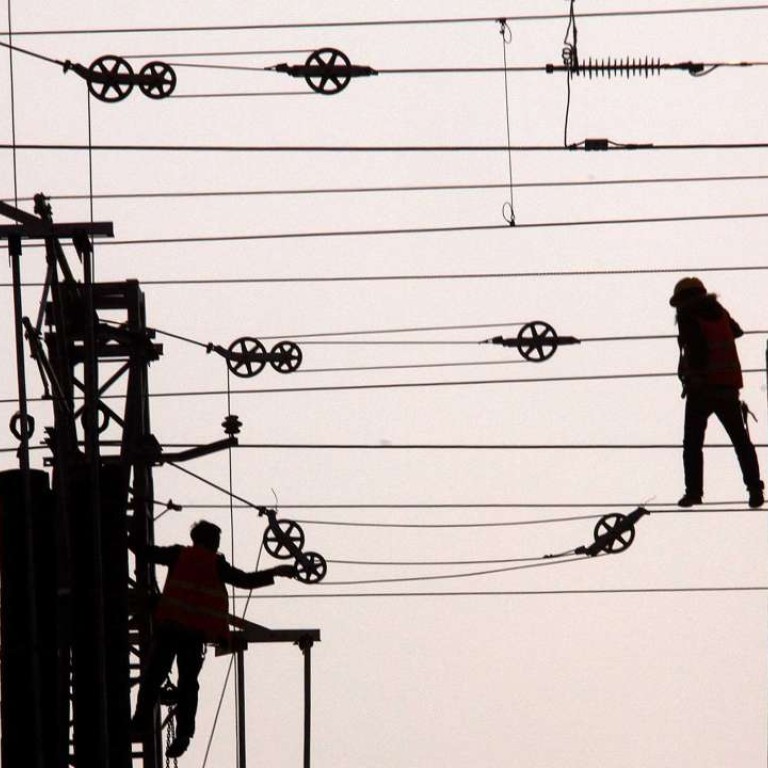
Business association works to grow One Belt, One Road
The World Trade Centre Association thinks already massive infrastructure scheme could be bigger, and is working to draw in more members.
With over 60 economies involved, China’s “One Belt, One Road” initiative is already pretty expansive – but the World Trade Centre Association thinks it could be even bigger.
The non-profit business association, which counts 330 cities around the world as members, is working to encourage more countries to get involved with the project, chairman Ghazi Abu Nahl said.
At the heart of the scheme’s development strategy by the Chinese government lies the creation of an economic land belt that will link China with Europe through Central and Western Asia, and the Maritime Silk Road, which will connect China with Southeast Asian countries and Africa and Europe.
The plan aims to redirect the country’s domestic overcapacity and capital for regional infrastructure development to improve trade and relations with Asean, Central Asian and European countries. It covers 65 countries on three continents, including Kazakhstan, Uzbekistan, Russia, Thailand, Malaysia and Indonesia.
We don’t have a commodity to sell, we have atmosphere to promote
“I think One Belt, One Road is a smart initiative to really encourage the cooperation [of countries] ... I wish the whole world [including] North America, Latin America to be included,” Abu Nahl told the Post during a visit to Hong Kong.
There are 40 association members on the belt but Abu Nahl hopes to recruit more members in the area.
Members – like Hong Kong’s centre at the airport – range from private companies, government institutions, and non-profit organisations. Licence holders have to submit letters of support from their local government and a local business group and pay a US$10,000 annual fee in exchange for the association encouraging and facilitating business through meetings, forums and company matchmaking.
“We don’t have a commodity to sell, we have atmosphere to promote,” said Abu Nahl, who had been in mainland China attending the B20 and the 19th China International Fair for Investment and Trade before arriving in Hong Kong.
The association’s goals of facilitating global business fit with the intention of the one belt, one road plan, board of directors chief executive Rolf Draak said.
“We are already a belt, but much bigger than the ‘one belt’ concept,” he said.
“What we propose is to use our infrastructure, where we connect business communities all around the world for the purpose of this ‘one belt’, so it’s only part of our system, let’s make that clear.”
China’s “one belt, one road” is backed by a lot of infrastructure, but the association can use its network to support the plan, said Asia-Pacific vice-president Scott Wang.
For instance, the association has been working to connect companies in Fujian, China, with the Middle East, using its local knowledge to facilitate business, Wang said.
General counsel Scott Richie said the association could provide a non-political forum for representatives to communicate outside the “heat of political differences”, noting that Beijing and Taipei had become members at the same time, largely at the association’s insistence.
“It was a perfect back door channel to then at-odds political institutions to have cross-strait discussions,” Ritchie said.
“We try to provide a good environment for the individual members to do the business they want to do, we don’t micromanage them.”
Nahl is the chief executive of Qatar General Insurance and Reinsurance and has net assets exceeding US$300 million, according to the association’s website.
China’s plan covers over half of the population, 75 per cent of the known energy resources and 40 per cent of gross domestic product in the world.

